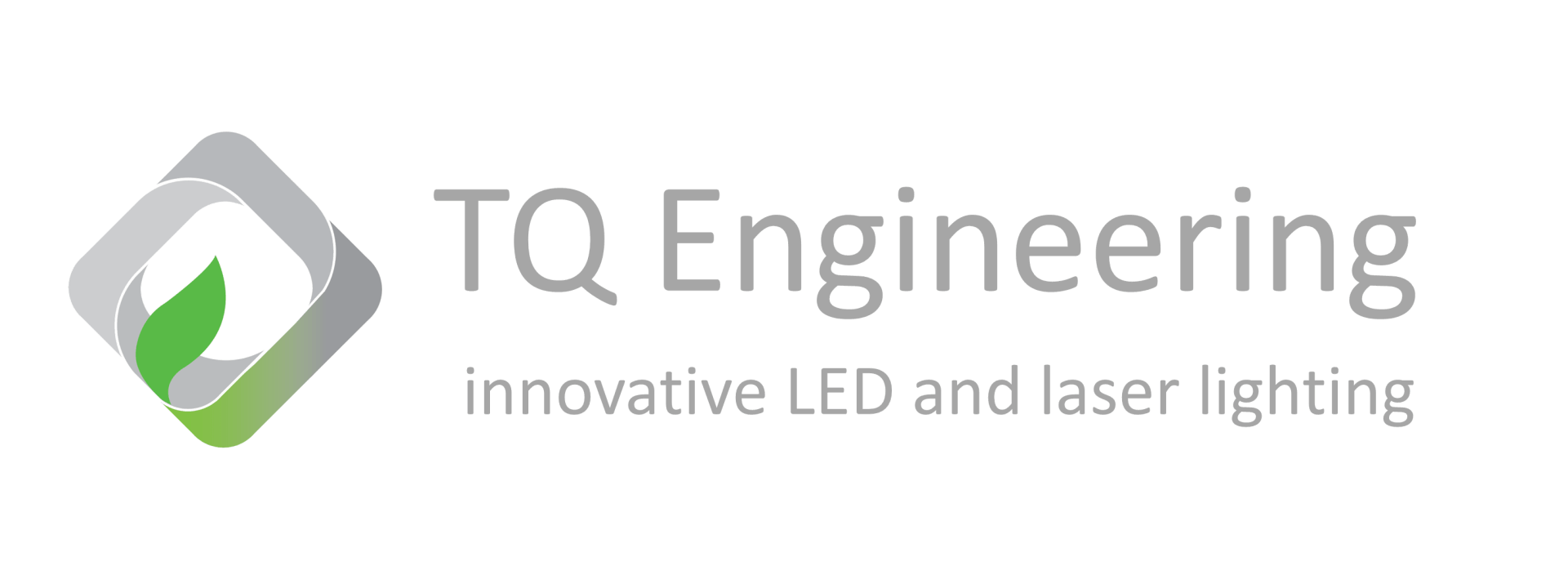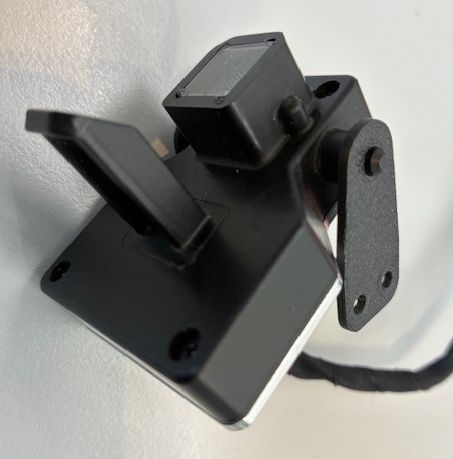LED (Gobo) Projector Systems
TQ Engineering develops and manufactures projectors that can project text, logos, or other image content onto any surface. These projectors use so-called gobos, i.e. glass optics into which the desired image content is engraved with high resolution using various processes. Alternatively, projectors with microlens array technology are available, which are particularly advantageous in highly-tilted projection conditions or in tight installation spaces. For special requirements in pattern projection, we utilize diffractive optics and laser light sources.
Fields of application
- Light carpet projectors in the automotive sector
- New lighting functions in the vehicle
- Projection in the logistics and transport industry
- Projection of advertising content
Services
- Optical design of projection optics
- Projectors for industrial applications
- Consulting/Conception MLA Projectors
- Laser projectors with DOEs
Below you can see some references and examples of previous work:

Static logo and image projectors
Very small projectors are used in automotive lighting as door entry or mirror lights, projecting logos or other images into the car's surroundings. We develop optical and mechanical designs for this application, including the selection of suitable, automotive-certified LEDs.
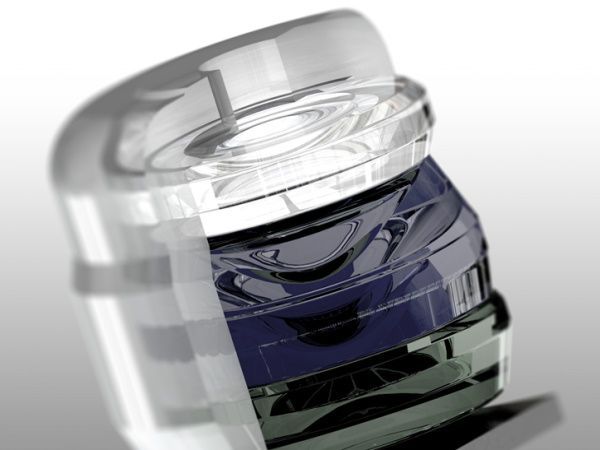
Optical design for projectors
The challenge in the design of the projection optics is to achieve very good imaging properties with imaging errors and high contrast despite a small size and few, cost-effective lens elements.
MLA projection
TQ Engineering develops projection systems based on microlens array technology. Examples include projectors in automotive applications, such as in light carpets, as projectors of turn signal signals, or in interior lighting, for example for pattern projection onto vehicle interior parts or into the headliner. One advantage of using microlens array technology for projection is miniaturization, as installation space requirements in the automotive sector are often very demanding. The bottom image on the left shows a semi-dynamic projector of TQ. With this technology, the microlens array is divided into four segments, which are illuminated by four separate LEDs. This enables sequential control of the four individual images or patterns, thus achieving a dynamic-looking projection.
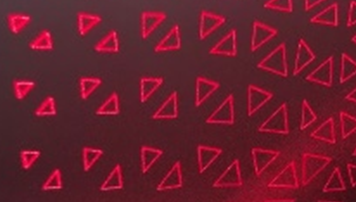
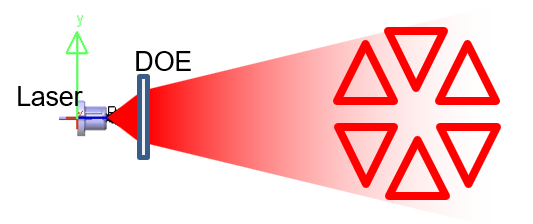
Laser Projection with DOEs
In special cases, projectors based on the use of a diffractive optical element (DOE) and a laser as the light source are suitable for image projection. These projectors can be designed with a very small form factor, as they consist only of the laser light source and the DOE, the optical structure made of glass or plastic that manipulates the phase front of the incident light. The targeted design of the DOE structure creates an interference pattern in the far field, i.e., the desired projection image. The projection systems developed by TQ Engineering using this technology are characterized by high image brightness, especially for patterns with a low fill factor, as shown in the image on the left.


